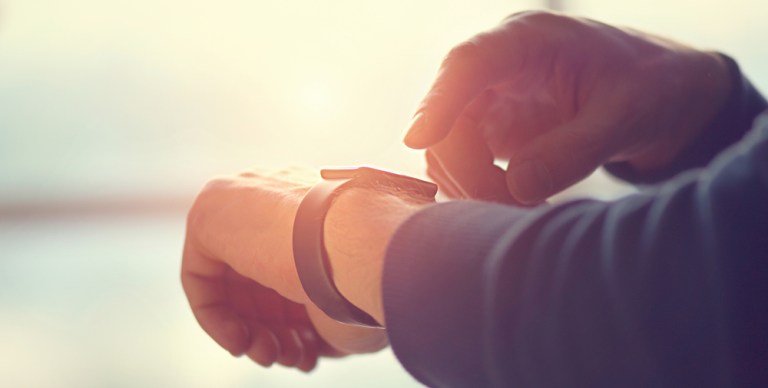
A new report estimates that worldwide shipments of wearable devices will reach 225 million in 2019.
In its report, “Forecast: Wearable Electronic Devices, Worldwide, 2018,” Gartner notes that this prediction shows a 25.8 percent increase from 2018. In addition, end-user spending on wearable devices is expected to reach $42 billion in 2019, with $16.2 billion of that amount on smartwatches.
“At the moment, the smartwatch market is bolstered by the relatively stable and higher average selling price (ASP) of the Apple Watch,” Alan Antin, senior director at Gartner, said in a press release. “But the overall ASP of smartwatches is expected to slowly decline from $221.99 in 2018 to $210 in 2022, due to lower-priced competitors and as higher volumes lead to reductions in manufacturing and component costs, while strong brands like Apple and traditional watch brands try to keep pricing stable.”
While 74 million smartwatches will be shipped in 2019, Gartner is predicting that by 2022, ear-worn devices (“hearables”) shipments, such as Apple AirPods, Samsung’s IconX and Plantronics’ BackBeat FIT, will take the lead as the top wearables segment, with 158 million units shipped. In fact, Gartner added that future generations of ear-worn devices will take over for smartphones, accommodating virtual personal assistants and being used for tasks such as queries and hands-free directions.
And although brands like Apple, Fitbit and Samsung are leaders in the wearable market, other brands are planning to make their mark in the industry.
“Traditional watch brands such as Fossil and Casio will gain market share by offering more style and choice in their portfolio than the technology brands,” said Antin. “We think that fashion and traditional watch brands are likely to account for up to 20 percent of unit shipments by 2022.”
One of the main wearable categories spotlighted by Gartner is children’s watches. Earlier this year, a report found that when it comes to wearables, children might actually encourage future growth, with Fitbit and Garmin launching smartwatches geared towards kids.
The products lack payment capabilities, but have other typical smartwatch capabilities designed with the aim to get kids used to wearable technology and continuing to use it as teenagers and adults.